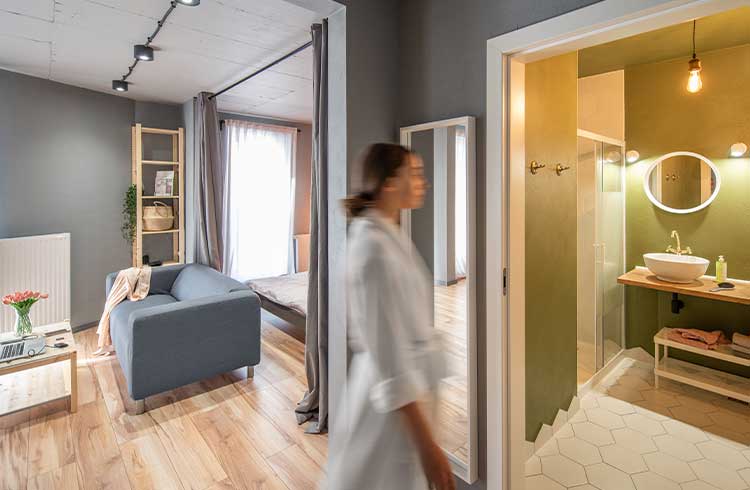How high-yield microapartments are defying the Corona virus.
The microliving concept, with ready-to-occupy, fully-furnished small apartments, was all the rage until early 2020. Both tenants and investors loved it. Then the coronavirus hit, and the world became a different place.
Lockdowns, travel restrictions, and video conferencing have characterized everyday work ever since. Does this mean the end of this still young asset class? Markus Elmer, Co-Head of Residential Advisory Investment Advisory at Cushman & Wakefield, talks about why he is convinced of the future of this concept.
Mr Elmer, who uses miniapartments anyway?
Microliving is not simply about less space. It's primarily about the service behind it - about living concepts that are adapted to the needs of students, commuters and company employees, for example. Some are looking for something close to the centre and flexible in terms of rental agreements. Others are seeking community and smart living. The offers are therefore correspondingly diverse and novel-creative.
Until the virus came in March 2020 ..
... and consigned us all to working from home, social distancing and travel restrictions on us. Operators of serviced apartments with short-term tenants naturally felt the effects and experienced significant declines in occupancy. By contrast, residential concepts have come through the pandemic comparatively well so far. Nevertheless, investment fell by around two-thirds.









